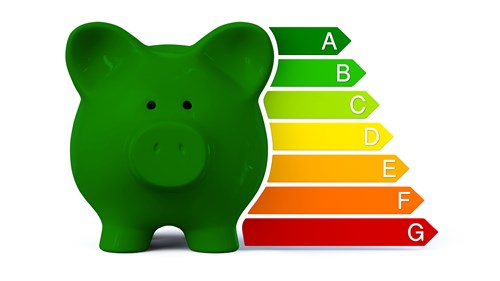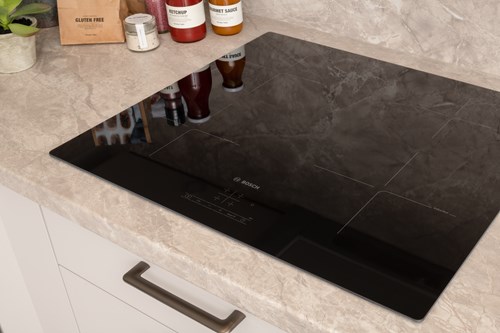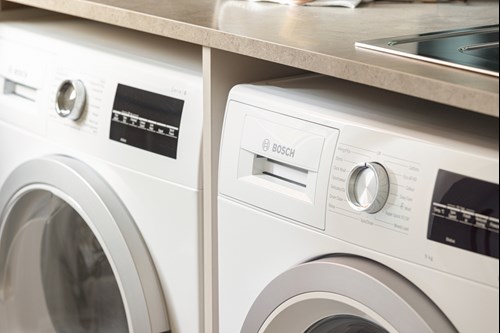What is the UK Energy Label?
Energy labels appear on many home appliances. They highlight how energy efficient an appliance is using a letter-based scale. Until now, the most energy efficient products were rated ‘A+++’, dropping down to a ‘G’ for the least energy efficient.
The labelling system has been in place across the UK and Europe for more than 25 years, helping consumers to make greener choices and encouraging manufacturers to research and develop more environmentally friendly product lines.
Why are they changing?
Advances in product design and efficiency over the years have moved at pace, resulting in modern appliances being clustered at the potentially confusing A+, A++ and A+++ end of the scale. This can make it difficult to truly understand the differences between products and what ones are truly the most efficient. The new scale takes account of modern standards for energy saving appliances and aims to drive manufacturers to create and market even more efficient goods, while helping consumers and businesses make increasingly conscious and environmentally friendly choices.

What has changed?
In essence, products are rated from A to G in terms of their energy efficiency, however it’s worth noting that advances in product technology mean that even levels E and F are often highly efficient. The scale has also been designed to ‘leave room’ for further future improvements in product performance.
Products that were once classified as A+++ are now likely to be rated B/C, A++ as D/E and A+ as F/G. It’s important to highlight that although these new ratings might seem low, household appliances that can be found in your Cala home aren’t any less efficient, they are just rated differently according to the new system. You can contact the sales team at your development for specific information about the appliances in your property.

Which appliances are affected?
The labels can currently be found on six types of everyday appliance in your home, which include fridges and freezers; wine storage refrigerators; washing machines; washer-dryers; dishwashers and TVs and electronic displays.
According to The Energy Saving Trust, we can expect new labels to be introduced to other products such as tumble dryers, air conditioners and vacuum cleaners shortly, once new or revised UK regulations come into force.

What does the new label system look like?
A new uniform A to G scale will be used for products and can be found in the upper right corner of the label on a product. The label also provides the below information:
- A QR code to give you a direct link to model specific information
- Energy consumption of the product which is even more prominent than it was before
- Pictograms identifying specific characteristics of the product
This handy video from the Association of Manufacturers of Domestic Appliances explains more about the new energy label ratings and information.





